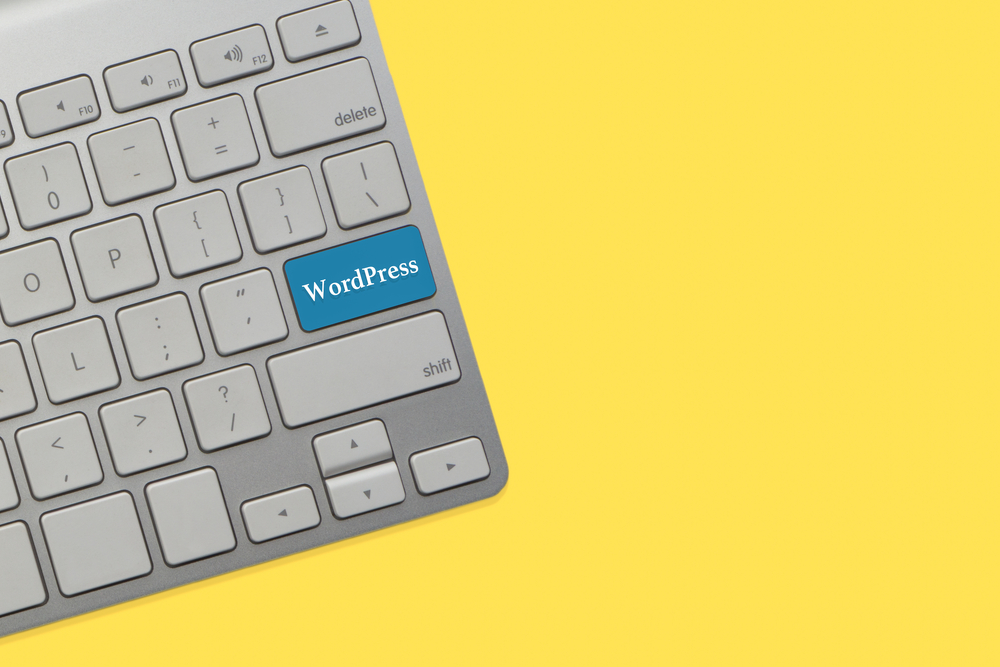
In today's digital age, having a strong online presence is crucial for businesses and individuals alike. A well-designed and functional website can help you reach a wider audience, promote your brand, and increase your online credibility. WordPress, with its user-friendly interface and vast customization options, has become the go-to platform for creating and managing websites. Whether you're a beginner or an experienced user, this article will provide you with essential tips for mastering WordPress (the platform for bloggers) and customizing your website to your liking.
1. Choose a Reliable Hosting ProviderBefore you delve into customizing your WordPress website, it's important to choose a reliable hosting provider. A good hosting provider ensures that your website runs smoothly, loads quickly, and remains secure. Take the time to research and compare different providers to find the one that best suits your needs and budget.
2. Select a Suitable Theme
Your website's theme sets the overall look and feel of your site. WordPress (the blogging platform) offers a wide range of free and premium themes to choose from. When selecting a theme, consider your target audience, the purpose of your website, and the functionality you require. Look for a theme that is responsive, customizable, and has good reviews.
3. Customize the Design
Once you have selected a theme, it's time to customize the design to align with your brand and preferences. WordPress (or WP) provides a user-friendly customization panel where you can easily make changes to your website's colors, fonts, layout, and more. Experiment with different options until you achieve the desired look and feel for your website.
4. Optimize Your Website for SEO
Search Engine Optimization (SEO) is crucial for improving your website's visibility in search engine results. WordPress (WP) offers various plugins, such as Yoast SEO, that can help you optimize your website. Take advantage of these plugins to optimize your content, meta tags, URLs, and other important elements to improve your website's search engine rankings.
5. Install Essential Plugins
WordPress plugins are like apps that extend the functionality of your website. There are thousands of plugins available, ranging from basic features like contact forms to complex functionalities like e-commerce. However, be cautious when installing plugins, as too many can slow down your website. Install only the essential plugins that you need and regularly update them for security and performance reasons.
6. Maintain Regular Backups
Website backups are essential to protect your data and ensure quick recovery in case of any unforeseen events. WordPress offers various backup plugins that allow you to schedule automatic backups and store them on cloud storage or simply download them to your computer. Regularly backup your website to avoid losing important data.
7. Update WordPress and Plugins
WordPress frequently releases updates to enhance its security, performance, and functionality. It's crucial to keep your WordPress core and all installed plugins up to date. Outdated versions can pose security vulnerabilities and lead to compatibility issues. Make it a habit to regularly check for updates and apply them promptly.
Frequently Asked Questions
Q1. How do I install WordPress?A1. Most hosting providers offer one-click WordPress installation. Simply log in to your hosting account, navigate to the control panel, and look for the WordPress installation option. Follow the on-screen instructions and you'll have WordPress up and running in no time.
Q2. Can I customize my WordPress website's design without coding?
A2. Absolutely! WordPress provides a user-friendly interface with a built-in customization panel. You can easily customize your website's design, colors, fonts, and layout without any coding knowledge. However, if you want to make more advanced customizations, some basic understanding of HTML and CSS can be helpful.
Q3. How can I improve my website's loading speed?
A3. Slow-loading websites can result in high bounce rates and poor user experience. To improve your website's loading speed, optimize your images by compressing them, leverage caching techniques, minimize the use of plugins, and choose a reliable hosting provider with fast server response times.
Q4. Can I change my WordPress theme after creating my website?
A4. Yes, you can change your WordPress theme at any time. However, it's important to note that changing themes can sometimes lead to design inconsistencies or loss of certain customizations. Before switching themes, make sure to create a backup of your website and thoroughly test the new theme's compatibility with your existing content.
Q5. What are some essential security practices for my WordPress website?
A5. To ensure the security of your WordPress website, use strong and unique passwords, limit login attempts with a plugin, install a security plugin to detect and prevent malicious activities, regularly update WordPress and plugins, and regularly scan your website for malware or vulnerabilities.
Conclusion
WordPress is a powerful platform that allows you to create, customize, and maintain your website with ease. By following these essential tips, you can master WordPress and take full control of your website's customization and maintenance. Remember to prioritize security, regularly update your website, and always keep backups to ensure a smooth and successful online presence.
Disclaimer: The views and opinions expressed in this article are those of the author and do not necessarily reflect the official policy or position of any specific websites or platforms.
Other useful resources
- https://www.wordpress24plus.com/wordpress-tools-directory/wordpress-themes/
- https://www.wordpress24plus.com/wordpress-tools-directory/
- https://en.wikipedia.org/wiki/Blog